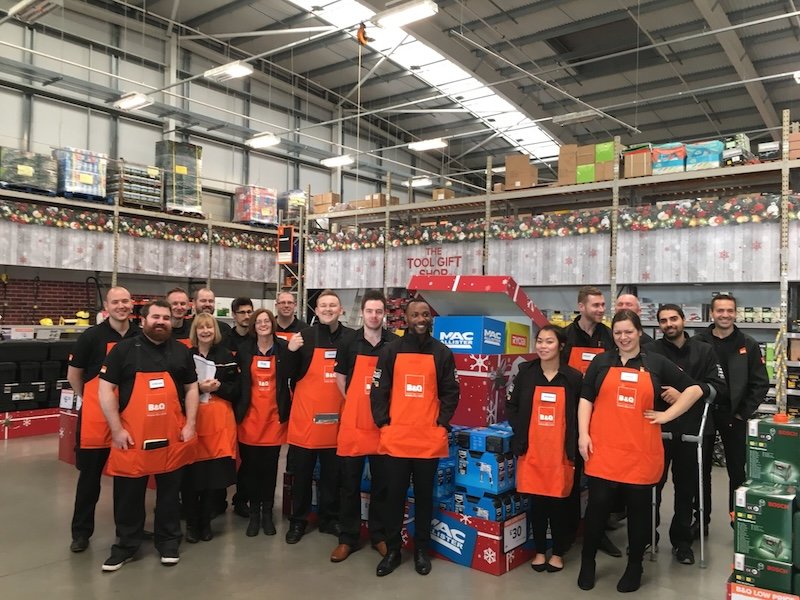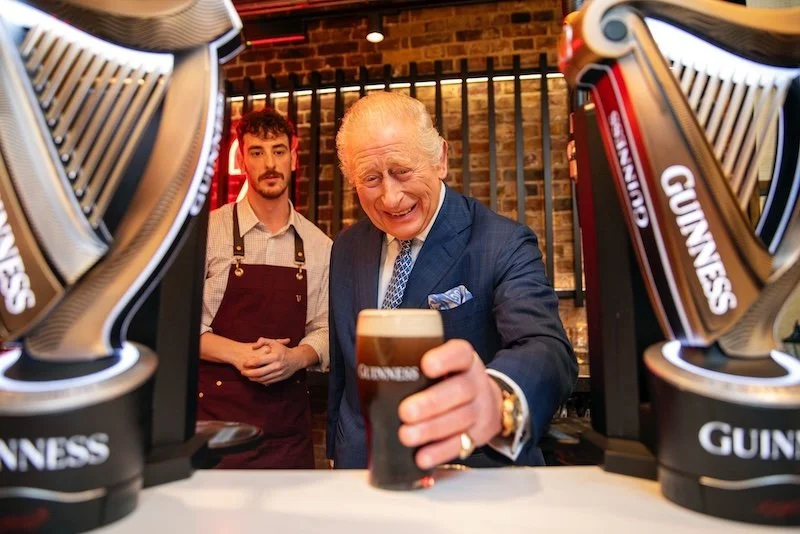Innovation in tech: key to staying ahead of the competition
By Luke Griffiths, General Manager at Klarna UK
Retail has been revolutionised over the past two decades with the seemingly unstoppable growth of online shopping. As a result, customer loyalty in today’s landscape is increasingly volatile, and retailers need to do more to secure loyal and long-term customers for their brand.
Many now know that it’s no longer enough to wait patiently for others to take the first steps and come up with the next big thing. This was highlighted in our recent whitepaper, in which we investigated some of the key characteristics of retail leaders at the top of their field. What did we learn and what are the key takeaways for merchants?
Innovation in tech is driven by shopper demand
Online shopping has caused consumer behaviour to change dramatically over the years. Consumers expect a seamless and convenient experience across all their devices. As a result, retailers today need to be tuned in to customers’ demands and able to respond quickly to changing demands.
Technology is helping to drive efficiency and quality in the sector, from creating memorable in-store experiences, to improving UX and creating a better online checkout. In today’s landscape, it’s the retailers that are clever with their use of the latest tech, and who are putting their customers first, that will win the battle.
Focusing on innovation is no longer a ‘nice-to-have’, but the central driving force for those wanting to stay relevant in today’s competitive market. This is easier said than done, but in order to survive and thrive, retailers need to be bold and brave when it comes to their tech strategies.
Alternative payments at checkout
Today's shoppers expect choice and control when making purchases — not just in what they buy, but also in how they buy it.
Complexity, delays and lack of flexible payments are especially frustrating to online and mobile shoppers who want to be in and out of a transaction swiftly. Innovations such as Klarna’s Pay later, deployed by the likes of Asos, which lets customers pay for their items after they’ve arrived on their doorstep, fulfills shoppers' desire to “try before they buy” - it bridges the offline/online gap. Being able to pay in instalments also allows customers to be more flexible with their money, and can vastly improve customer experience.
But even with a focus on ‘e-tail’ for many stores, 80% of transactions still take place in a physical location. Ensuring that customer experience is front of mind in every channel is crucial. Bricks and mortar stores must embrace the flexibility and personalisation offered in the online channel, by exploring options that include self-service, higher limits on contactless payments and offline versions of pay later, or risk losing out to their competitors.
Small changes, big difference
Many think that to make a real difference, big changes need to be made, but that’s not true. Innovation can also be small and steady updates which are quickly adopted and easily become part of the consumer journey. Take card payments, for instance; first chip and PIN was introduced, and via continual change, it’s now been improved by contactless, with NFC smartphone integration for added convenience.
On the other hand, we hear lots of talk about VR, AI, drones and robots. While the industry has been keeping an eye on this tech for years, the rate at which they’re being applied is significantly low. This highlights that getting the basics right has more ROI than flashy technology.
To survive in the digital era, retailers need to embrace technology, but make sure it’s a revenue-driver rather than an overhead. The British High Street continues to evolve. It’s clear that the consumer once served by big flagship stores and five-day delivery time wants a different experience. If retailers do not make a consistent and conscious effort to keep up, and provide a variety of options for both shopping and paying, they could get left behind.










Continue reading…